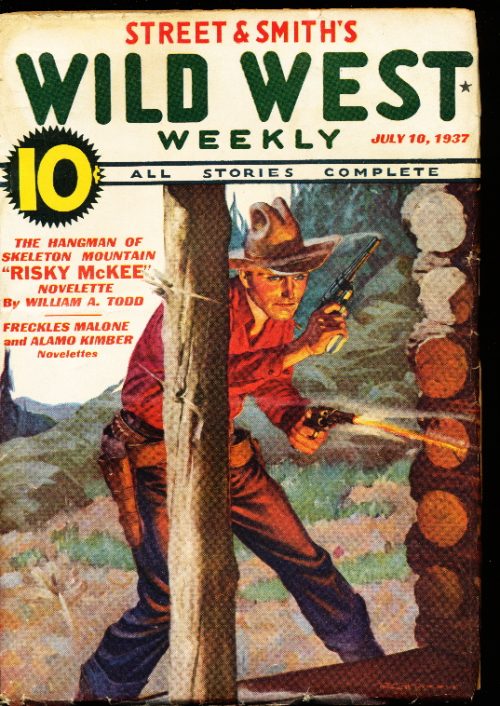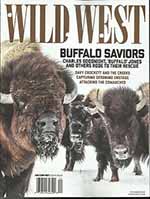

By this time, European filmmakers were coping with the aftermath of the most devastating conflict in human history, and Italian westerns like Sergio Corbucci’s The Great Silence and Leone’s The Good, The Bad, and The Ugly are infused with the lived-in existentialism of postwar Europe. When Europeans, influenced by decades of dime novels and Hollywood flicks, got around to making westerns, the resulting films would be part of this swing toward revisionism.


Every once in a while, these historical realities break through the filtered screen of the Hollywood western: Joan Crawford and Marlene Dietrich play no-nonsense saloon owners in Nicholas Ray’s Johnny Guitar and Fritz Lang’s Rancho Notorious, respectively, and Sidney Poitier’s often overlooked Buck and the Preacher from 1972 is one of the too-few films that are centered around black frontiersmen.

A third of all cowboys herding cattle on the Great Plains were black-a fact that’s only surprising until you consider which groups were most in need of self-reliant vocation and freedom from the long arm of the law in the wake of the Civil War. Life in the Western territories demanded just as many determined women as it did men, and suffragettes had their first major victories in the West: Wyoming was the first state to grant women the vote, and the first to have a woman governor. The historical American West was more diverse and less male-dominated than the one Hollywood imagined for many years. Hart reluctantly makes way for the newly arrived homesteaders in 1953’s Shane, Alan Ladd’s eponymous character rides off after making the West safe for the American family and in Sergio Leone’s 1968 opus Once Upon a Time in the West, Jason Robards’s Cheyenne sacrifices his life not to end the expansion of the American empire, but to facilitate a more just one.īut this standard narrative mold, to paraphrase John Ford’s 1962 classic The Man Who Shot Liberty Valance, only represents the printed legend. In 1925’s Tumbleweeds, the herder hero played by William S. And the prototypical cowboy straddles these paradoxical poles: at home on the dusty, timeless landscape, but also facilitating its incorporation into a society marching toward the Pacific. In the western, the immense country beyond the Mississippi River figures at once as the sublime object that exceeds the human grasp and as a quantifiable possession. The classic western was conceived from an undeniably Euro-centric, colonial perspective, with white characters upholding their supposed birthright of freedom and property.


 0 kommentar(er)
0 kommentar(er)
